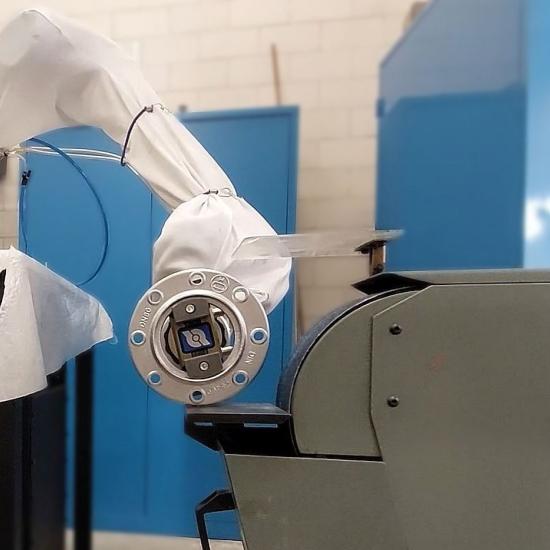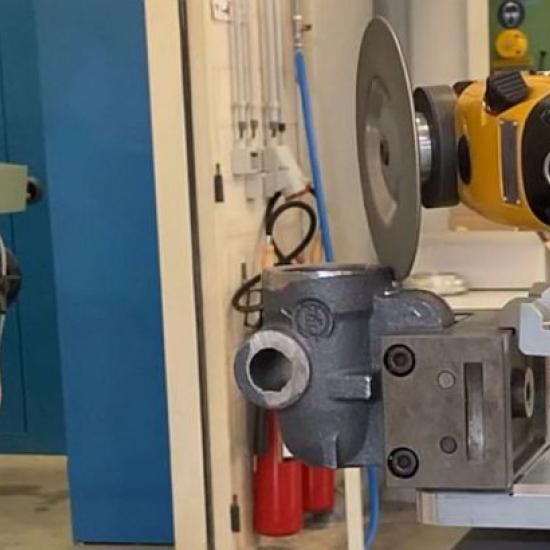Decreasing the programming complexity of robots is essential in robot adoption, especially for high-mix low-volume production. While teach by demonstration has been the benchmark for many years, OLRP keeps gaining popularity thanks to its versatility and user-friendliness, and recent evolutions, such as a wider commercial offering and the availability of brand-independent solutions.
“Fully 40 percent of a robot’s ongoing costs lie in its programming,” said Jason Barton, chief commercial officer for Boston-based Realtime Robotics Inc. It is easy to understand why decreasing the programming complexity of robots is a key element in robot adoption - especially when looking at SMEs that run high-mix low-volume production and need affordable and flexible solutions that are easy to deploy and re-program.
Teach by demonstration versus offline robot programming
There are two main ways of programming, teach by demonstration and offline robot programming:
- Teach by demonstration is when the robot is moved by means of a pendant, joystick or hand-guiding device to the desired location. The program is built online, point by point (Figure 1).
- Offline Robot Programming (OLRP) is when the program is prepared offline with the aid of an external software. Afterward the program is loaded and checked on the robot.
While teach by demonstration has been the benchmark for many years and it is preferable for simple programs, OLRP keeps gaining popularity due to its versatility and user-friendliness, especially when complex programs are involved. The table below presents the main pros and cons of the two different methods.



